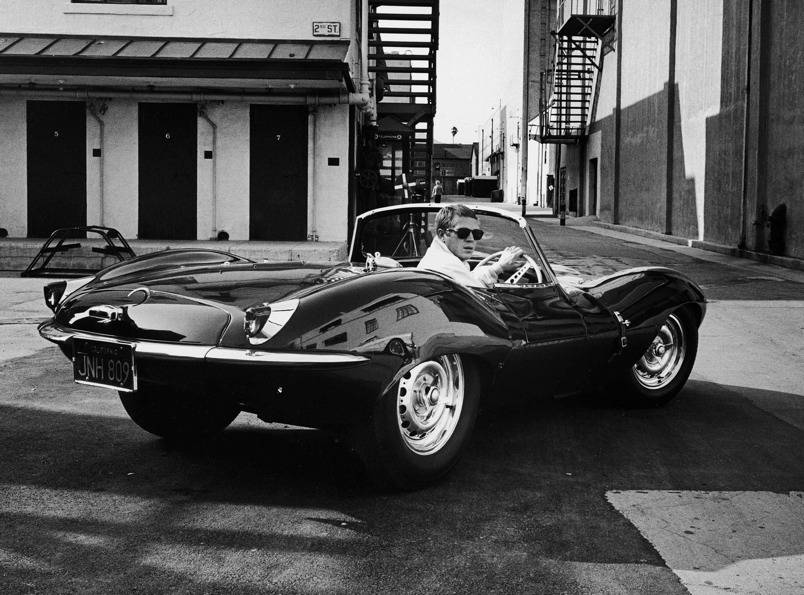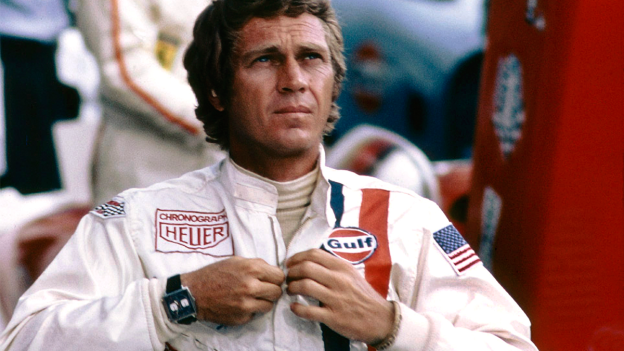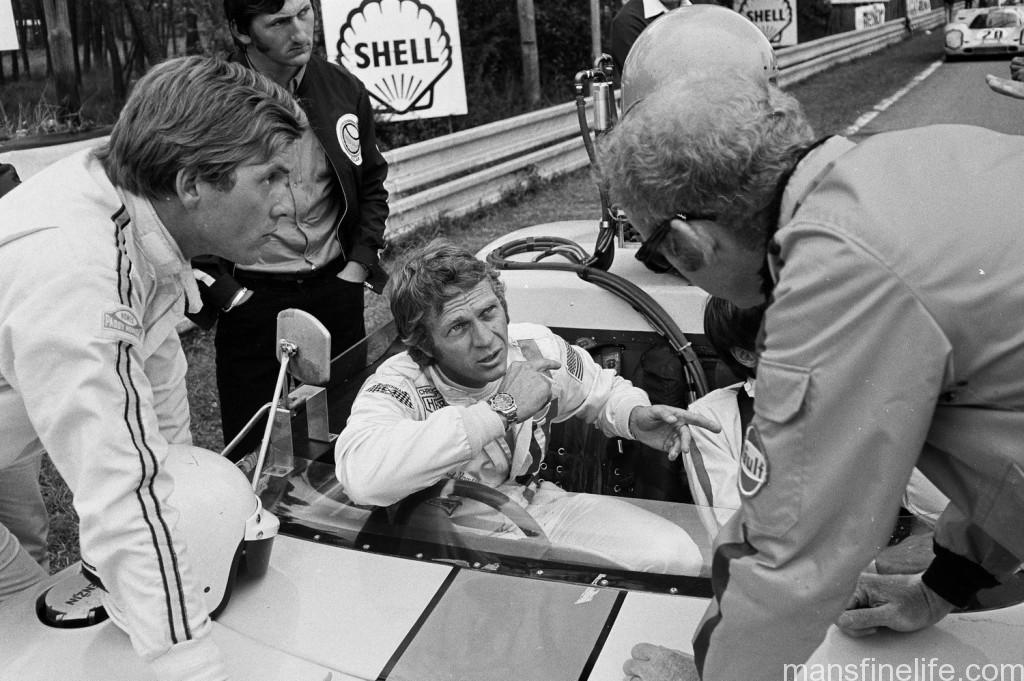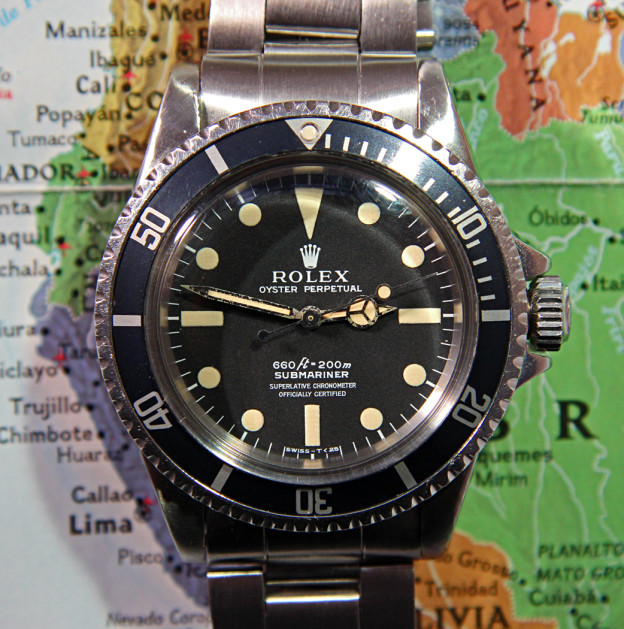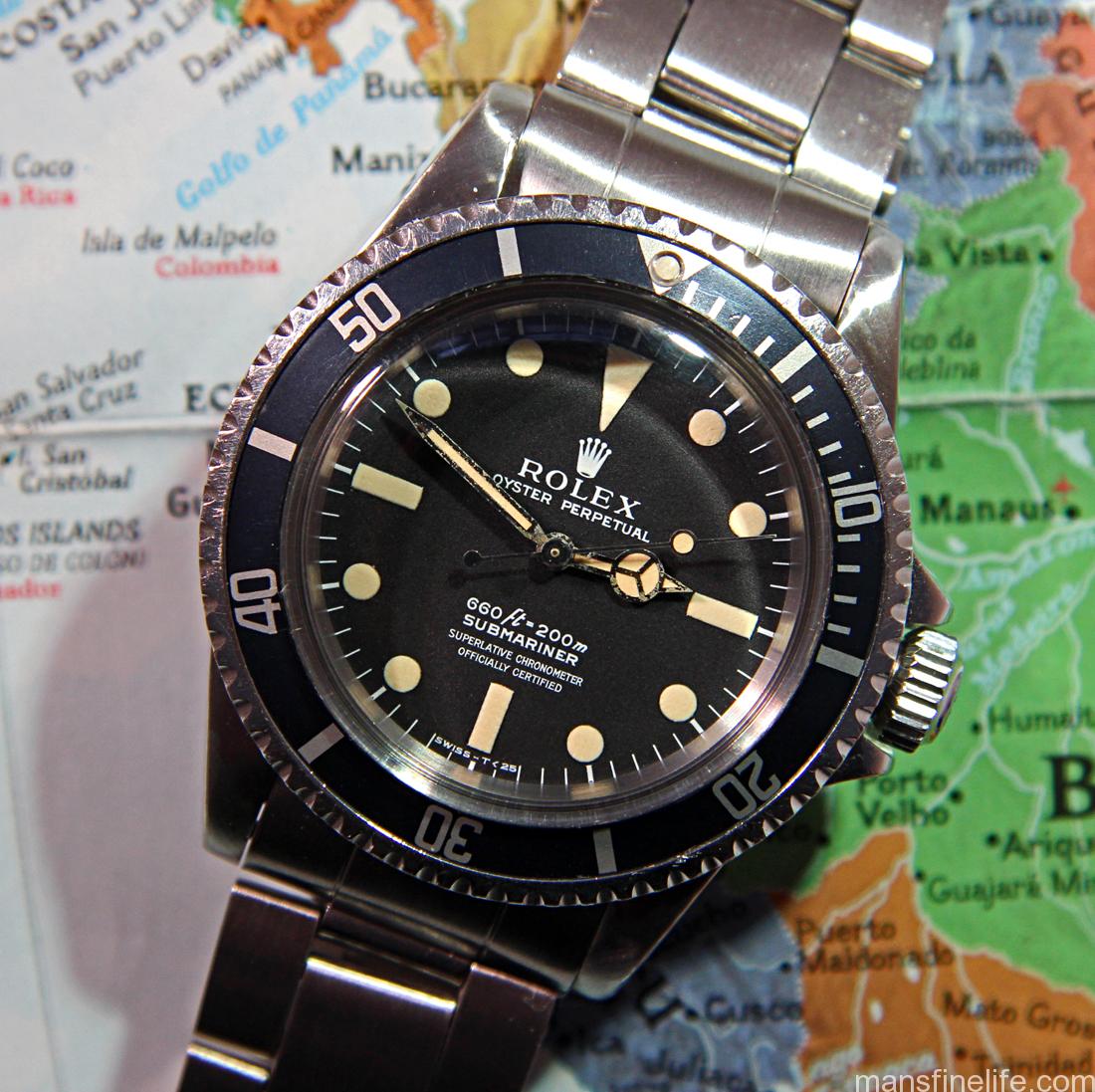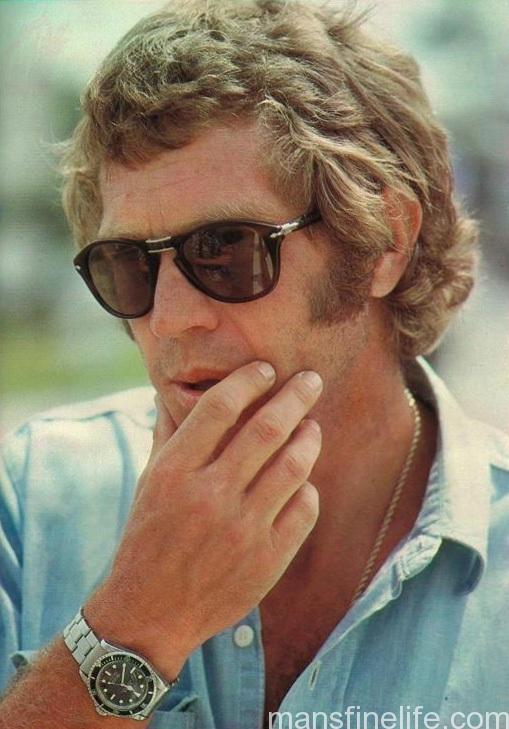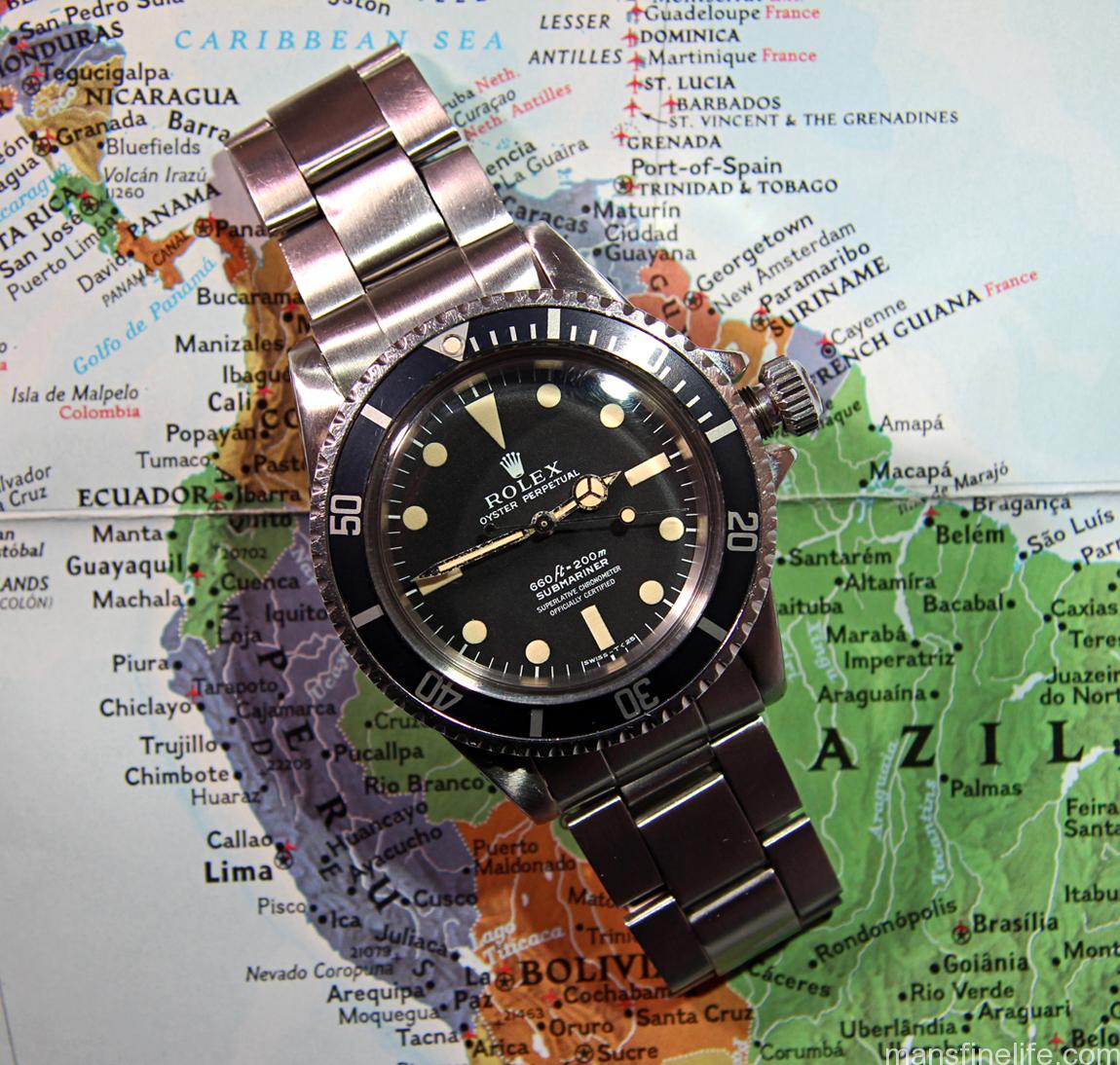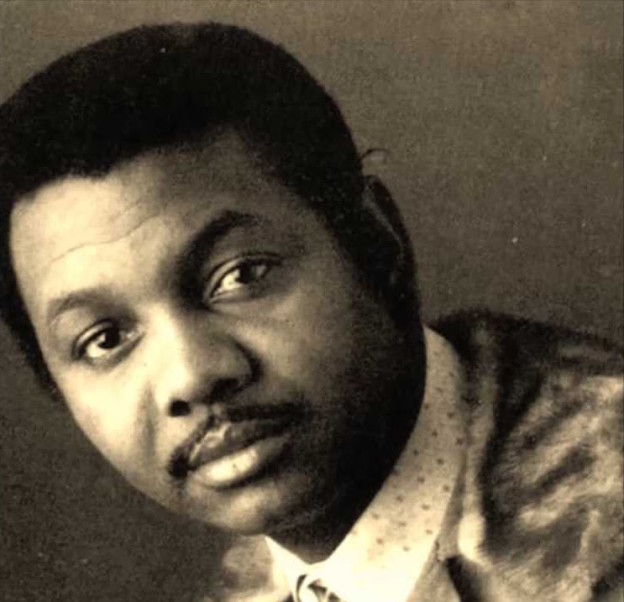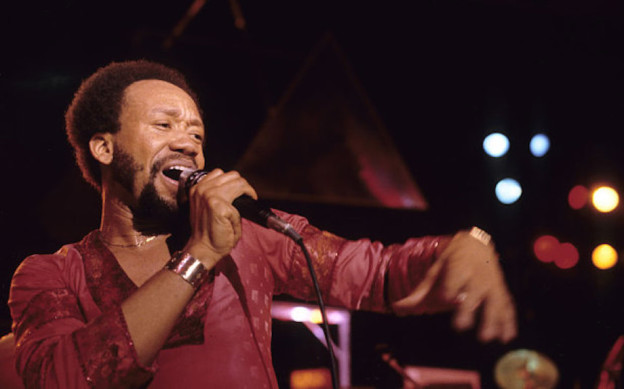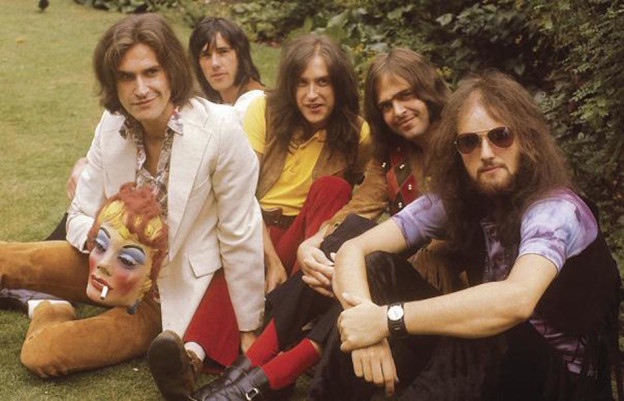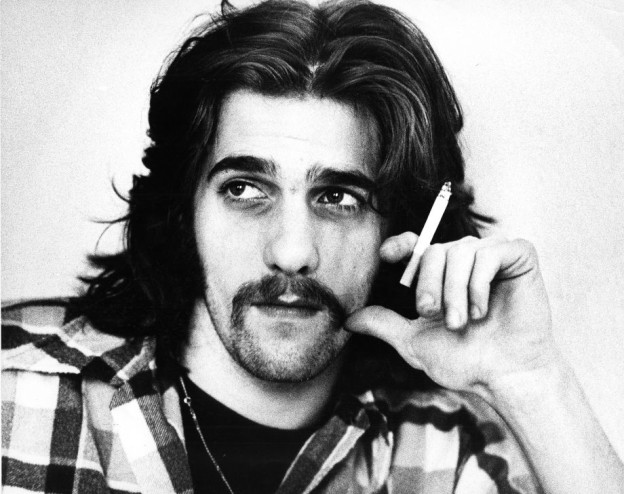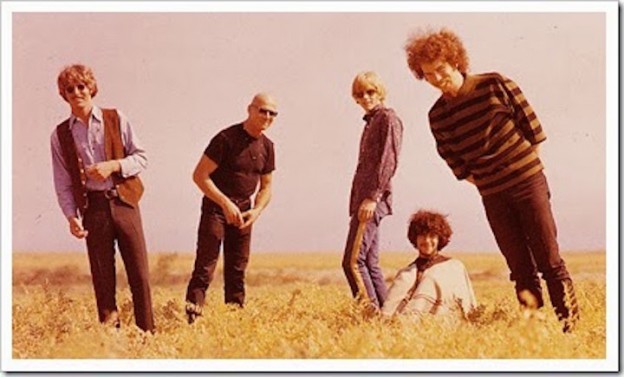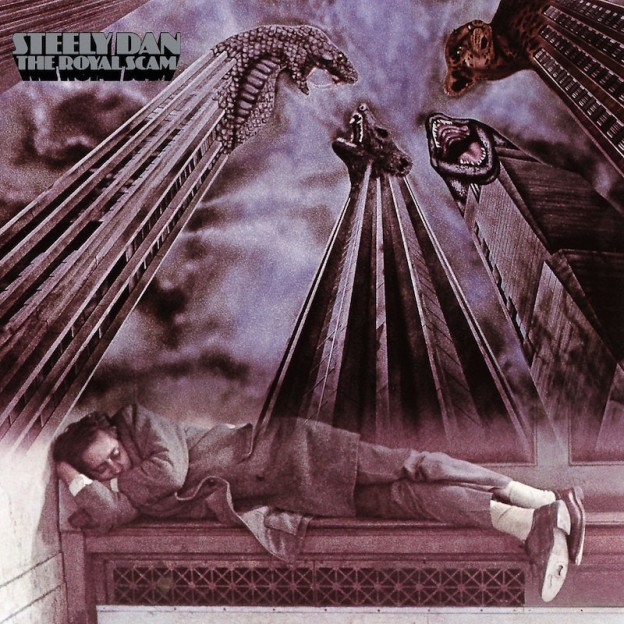(This article was co-written with tomvox1, who helped fill in the biographical blanks of McQueen’s Hollywood career)
Legendary screen icon Steve McQueen was not only one of his generation’s most interesting and successful actors but he was also a serious motorsports addict. An accomplished racer on both two wheels and four, McQueen began spending lavishly on racing machines just as soon as he started making money as an actor after his discharge from the Marines, where he had even attempted to soup up his squad’s tank. Tearing around Greenwich Village in a wire-spoked 1950s MG, he graduated to ever more exotic fare upon moving to California and hitting the big time with his starring role on the Western TV series, Wanted: Dead or Alive. As well as means, McQueen had exquisite automotive taste and would come to be identified with some of the most remarkable cars of the second half of the 20th Century: the 1958 Porsche Speedster, the stunning Jaguar XK-SS, the 1963 Ferrari 250 Lusso and, perhaps most famously, his personal gunmetal gray 1969 Porsche 911S and the Highland Green ’68 Mustang GT fastback from Bullitt.
Throughout the 1960s, running parallel to his rise as a Hollywood superstar, McQueen honed his craft as an expert racer. While truly gifted on a dirt bike, the King of Cool worked hard to become one of the top amateur sports car drivers in the US. In fact, despite being hampered by a broken foot in a cast, McQueen and co-driver Peter Revson drove their Porsche 908 Spyder prototype to an impressive second overall at the 12 Hours of Sebring in 1970, and first in the P2 class. After a gritty and inspired run, McQueen and Revson only missed out on the overall win when Ferrari drafted the great Mario Andretti into their second car as the laps wound down. It was the pinnacle of McQueen’s racing career but it was almost incidental to the real reason for purchasing the 908 in the first place: he was bound and determined to make the greatest racing movie of all time.
And that’s where the excellent documentary, Steve McQueen: The Man and Le Mans, picks up the story. In exhaustively researched detail, the film, a 2015 Cannes official selection, delves into how McQueen put the full force of his stardom and clout behind making his racing epic for good and for ill. Grabbing hold of a project originally titled “Day of the Champion” but now renamed simply “Le Mans,” his vision was to capture as realistically as possible the thrills he himself was experiencing in the cockpit of a high performance race car. And as the title now suggested, the indispensable backdrop for all of the action would be the greatest race of them all, the world famous 24 Hours of Le Mans. With a cast full of real-life professional road racers and innovative filming techniques, including converting the Sebring Porsche 908 into a 150 mph camera car, the aim was to mix actual race footage with realistic recreations executed at speed by top pros along with McQueen driving a Gulf-liveried Porsche 917 as the movie’s protagonist, Michael Delaney.
But despite the dedication and advanced technology brought to bear for the driving sequences and McQueen’s personal desire to eclipse John Frakenheimer’s 1966 Formula 1 epic, Grand Prix, as the the greatest racing movie of all time, production of Le Mans was star crossed from the get-go. Continue reading
